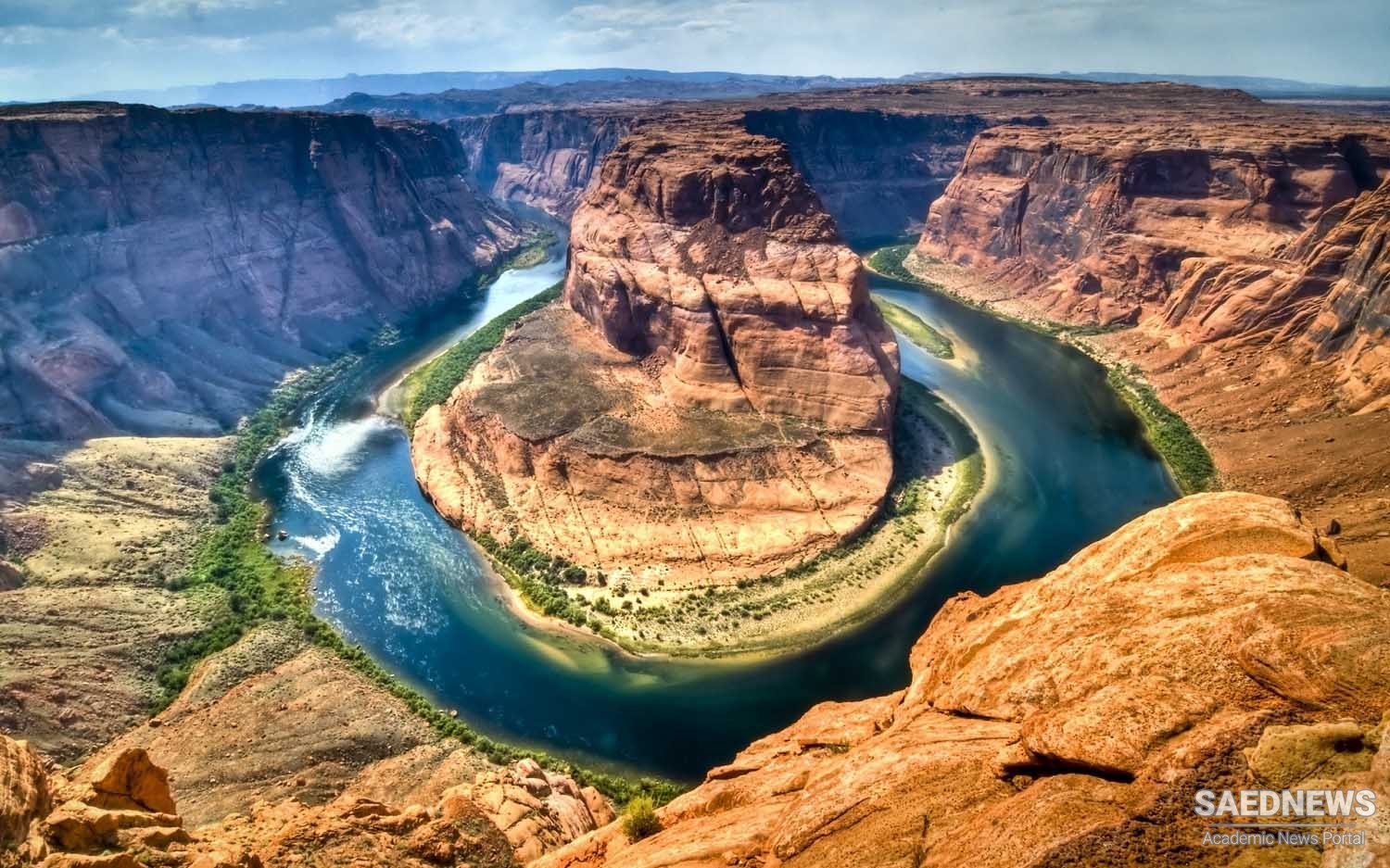Lorestan province is a mountainous land in the west of Iran. The Zagros Mountains stretch from northwest to southeast of the province. The highest crest is Oshtorān Kūh with a height of 4100 meters above sea level. The weather is cold to the north as there are lots of mountains; to the south it is temperate. High altitude and geographical conditions have caused many rivers and springs to flow through the province. The paintings discovered in the caves of Dūsheh and Mīrmelās caves show that the Kasī tribe lived in Lorestān in 1600 BC.
The weather conditions have caused nomad life to be developed in this region and many tribes have summer/winter migrations. Common activities among the people are farming and husbandry due to its favorable weather conditions and fertile soil. Natural features, heights, water resources and vegetation provide a perfect habitat for plants and animals.
In the caves near Dehlon region, there are scarce kinds of fish with no eyes. Two species of this fish have been found in Asia, one in Mosul, Iraq and the other in Haft Tang cave near the city of Khorramābād, Iran. These species of fish do not have any eyes and ears and have feelers around their mouth instead.
The people of this province belong to Lur and Lak tribes and speak in Luri and Laki dialects. The Laks mostly inhabit the city of Kūhdasht and Aleshtar and the Lurs mostly live in the Khorramābād area. The common handicrafts of the province include coarse blankets, carpets, druggets and felt weaving as well as metal works.
Falak ol-Aflāk Castle
This castle is located on a stone hill in the city of Khorramābād. In the past, it was known as Shāpūr Khast castle and in the Qājār era (1789-1925) it was named as Falak ol-Aflāk. The date and the builder of this castle have not been yet identified, but at the time of Reza Shah Pahlavi, it was used as a prison to keep political opponents. The columns of this castle are erected on a stone foundation. There are 8 towers and a large courtyard. The entrance door is located in the north of this structure. A part of this castle has been changed into a museum.
Shevī Fall
It is said that Shevī Fall is the most beautiful waterfall in Iran. It is located around the village of Shevī near the town of Dorūd. These falls flow out of a cave down to a deep valley.
The Pol Dokhtar Lagoons
There are 12 lagoons around the town of Pol Dokhtar which provide perfect habitats for marine animals, migrating and local birds.
Kīū Lake
This lake is located next to a park called Kīū. No river flows into this lake, but the springs at the bottom supply the water. This lake which is one of the attractions of this city has an area of 7 hectares with a changing depth from 3 to 7 meters.
Sefīd Kūh Preserved Region
This is an area preserved by environmental organizations and is a habitat to many kinds of animals and birds.
Dūsheh Cave
This is a historical cave located in the village of Korshūrāb in Chegīnī region of Khorramābād. The cave has a height of 5 meters and there are 110 paintings on the walls. There are also two stone carvings there, and at the entrance of the cave, the skeletons of humans and animals along with clay dishes have been discovered.
Kashkān Bridge
This bridge was built on the old road of Tarhān to Shāpūr Khāst on Kashkān River. Most of the bridge was destroyed and on the remaining parts, inscriptions in Kufic Arabic script have been discovered which date back to the 9th century CE.
Gerdāb Sangi Spring
To the north west of the city of Khorramābād, there is a famous seasonal spring called Gerdāb Sangi. A stone wall encloses it. A three-meter-wide bridge was built over it by Sassanid kings (224-651).


 Religious Tourism Destinations in Yazd Province, Iran
Religious Tourism Destinations in Yazd Province, Iran














































